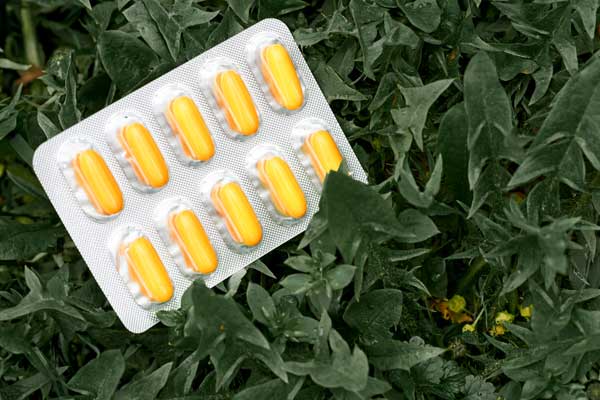Vitamin B1, also known as thiamine, is essential for many neurological functions in both the body and the brain. However, there are two different forms of vitamin B1, and one of these forms is critical for anyone who has pre-diabetes or diabetes. This same form, called benfotiamine, is the only type of B1 that can prevent the development and progression of peripheral neuropathy, making it a vital nutrient for anyone with these health issues.
In this article, we’ll explore the importance of benfotiamine, why it’s necessary for anyone with pre-diabetes, diabetes, heart disease, or peripheral neuropathy, and how it differs from thiamine. We’ll also reveal the different food sources of vitamin B1 and why most thiamine found in supplements comes from China, where it is derived from toxic substances like coal tar, ammonia, and acetone. Lastly, we’ll cover how benfotiamine helps repair peripheral nerve damage, making it a game-changer for anyone with peripheral neuropathy.

The Difference between Thiamine and Benfotiamine
Thiamine is a water-soluble vitamin that naturally occurs in many foods, including organ meats, wild-caught salmon, clams, mussels, flax seeds, nuts, fruits, squash, asparagus, beans, green peas, brown rice, and brewer’s yeast. It is also commonly found in B complex vitamins.
On the other hand, benfotiamine is a fat-soluble form of thiamine that is synthetic. This means that it is not naturally occurring in foods, and it is not produced by the body. Unlike thiamine, benfotiamine can easily pass into the nerves and penetrate very deeply. Once inside the cell, the body converts benfotiamine into its natural counterpart, thiamine.
Why Benfotiamine Is the Best Choice for Nerve Repair
Since the outer layer of nerves is made up of fat, thiamine, being water-soluble, cannot effectively penetrate into the peripheral nerves. In contrast, benfotiamine is fat-soluble, making it an ideal choice for anyone who wants to repair nerve damage. In fact, benfotiamine has an absorption rate into nerve cells that is three to five times higher than that of a thiamine supplement. This allows higher levels of thiamine to be utilized by your nerve cells and other cells that rely upon it.
Food Sources of Vitamin B1 and Supplement Safety
While thiamine is naturally occurring in many foods, most thiamine found in supplements comes from China, where it is derived from toxic substances like coal tar, ammonia, and acetone. This poses a significant health risk to those who take thiamine supplements regularly. In contrast, benfotiamine is very safe, with no side effects reported to date.
Which Form of B1 You Need and How to Take It
Since benfotiamine is the only type of B1 that can prevent the development and progression of peripheral neuropathy, it is the best form of B1 for anyone with pre-diabetes or diabetes.
So, if you have diabetes, pre-diabetes, heart disease, or peripheral neuropathy, it’s essential to supplement with benfotiamine to ensure your body can effectively absorb vitamin B1 and prevent nerve damage. Benfotiamine is a safe and effective supplement that can help protect your nerves and keep your body functioning at its best.
Conclusion
In conclusion, vitamin B1 is a crucial nutrient for maintaining the health of the nervous system and preventing nerve damage. Benfotiamine, a fat-soluble form of vitamin B1, is the best option for people with diabetes, pre-diabetes, heart disease, or peripheral neuropathy, as it is more easily absorbed into the body’s nerve cells than the water-soluble form of vitamin B1, thiamine. By taking benfotiamine supplements, you can ensure that your body has the nutrients it needs to prevent nerve damage and maintain optimal nervous system function.
